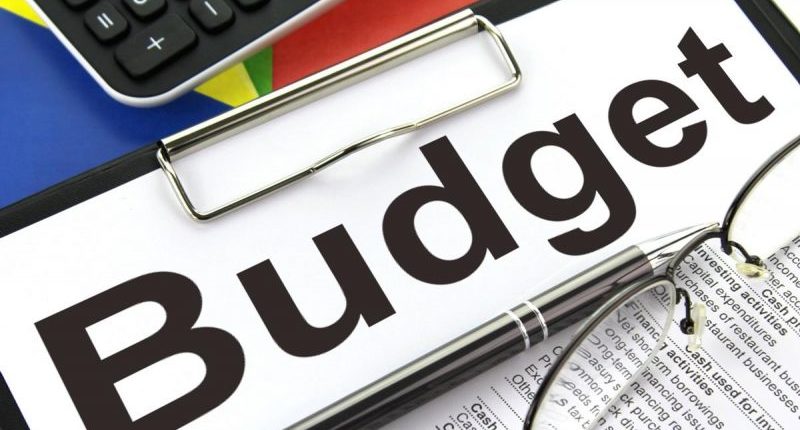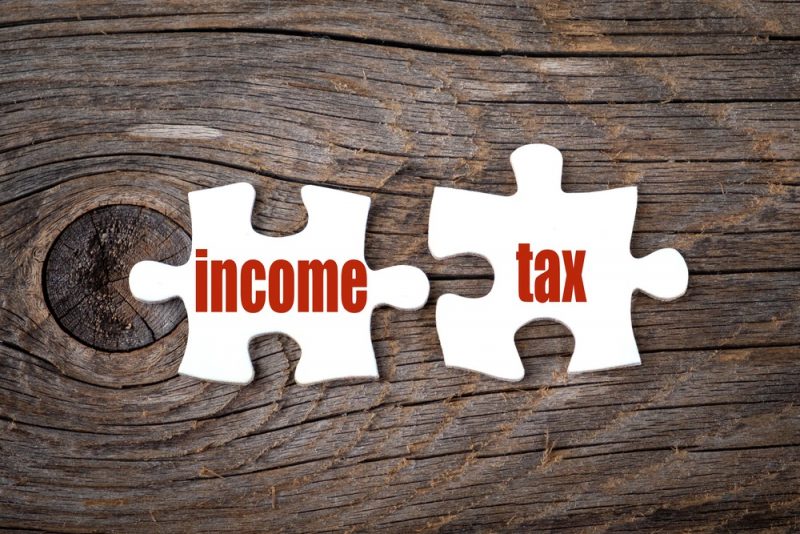The Union Budget for the financial year 2020-21 is due to be presented on 1 February 2020. Most economic growth indicators have been weak throughout FY 2019-20 with an expectation of low GDP growth. The government has been holding meetings and consultations with industrialists and economists to bring the economy back into the growth trajectory. The government has a tightrope walk as between giving tax cuts and low government receipts.
We take a look at some of the expectations of the common man and the various sector-specific demands:
- A cut in the tax rate for the taxpayers in the slab of Rs 5 lakh to Rs 10 lakh. The Finance Ministry has also said that it is looking at relaxing the personal income tax rates. At present, the rate of tax is 20% for the tax slab from Rs 5 lakh to 15 lakh. Here, the government can consider a lower rate of 10% in place of 20% to boost disposable incomes in the hands of the middle-class.
- Sector-specific incentives have been in demand in the various meetings held by the Finance Ministry. Sectors such as non-banking financial companies (NBFCs), real estate sector, infrastructure and power discoms have been suffering from the shortage of finances and lack of demand. Also, the government can issue tax-deductible bonds to fund its long term infrastructure plan.
- The limit under section 80C of Rs 1.5 lakh is due for a revision since the Budget of 2014. Also, the clubbing of savings, tuition fee and housing loan repayments leave less room for savings. The government can mobilise public savings by enhancing the limits under section 80C.
- Similar to the incentives provided to manufacturing companies, the government can confer tax cuts for partnerships, LLPs and proprietorships who run MSMEs. The tax cuts would make them competitive and provide financial support to the MSME sector in a slowing economy.
Also Read: Auto industry looks forward to GST goodies this Union Budget 2020
The government could bring in measures to increase the after-tax surplus in the hands of the taxpayer. A demand revival can give the push for the recovery of economic growth.
For any clarifications/feedback on the topic, please contact the writer at sweta.dugar@cleartax.in
I am a Chartered Accountant by profession. I specialise in personal taxes and corporate income tax matters. I am an avid reader and track developments in financial markets, economy and other market developments.





